Description
Retro Aviator WW II Mark 8 goggles
World War II goggles were designed primarily for aviators, motorcyclists, and soldiers, offering both protection and functionality. They combined durability, visibility, and comfort in harsh conditions, and their vintage design has since become iconic. Here are some key features of WWII-style goggles:
1. Aviator Goggles (used by pilots):
- Metal or Bakelite frames for durability, often rounded or rectangular.
- Leather or padded rubber cushion around the edges for comfort during long flights.
- Adjustable elastic head straps to fit securely over flight helmets.
- Tinted lenses (usually yellow, green, or clear) reduce glare from the sun and improve visibility.
- Anti-fog ventilation systems, either built into the frame or through perforations prevent condensation during high-altitude flying.
- Often used by famous air forces, like the RAF (Royal Air Force), with iconic designs such as the Mk VIII Flying Goggles.
2. Motorcycle and Desert Goggles:
- Used by troops riding motorcycles or in desert environments (like the North African campaign).
- Large, durable lenses for full eye protection from dust, sand, and wind.
- Wide elastic straps that could fit over helmets or caps.
- Sometimes included side shields for additional protection from harsh sunlight and debris.
3. Tank Crew and Ground Soldier Goggles:
- It is more basic in design but still highly functional.
- Often featured wrap-around lenses for full eye coverage.
- Minimalist metal or plastic frames with elastic straps for easy adjustment.
4. Iconic Examples:
- Mk VIII RAF Goggles: These were the standard issue for British pilots and are characterized by their oval-shaped, tinted lenses and leather padding.
- AN-6530 Goggles: American pilots use a wide, flat lens with excellent ventilation and rubber padding around the edges for comfort.
These goggles were not just protective but became a symbol of the era’s aviation and combat style. Today, they are often used in vintage reenactments, collections, and steampunk fashion.

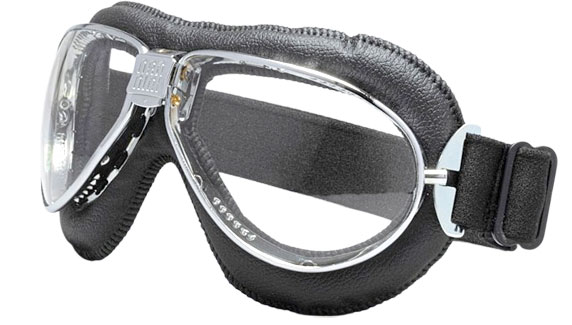

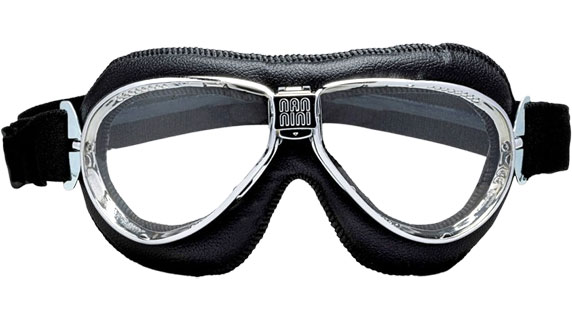
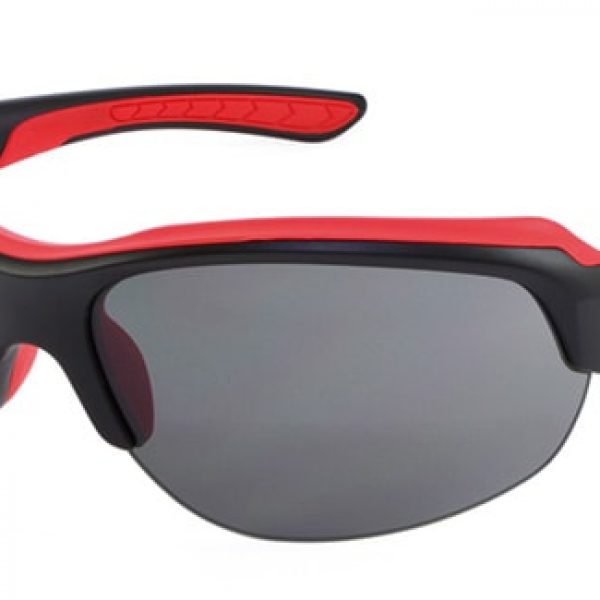
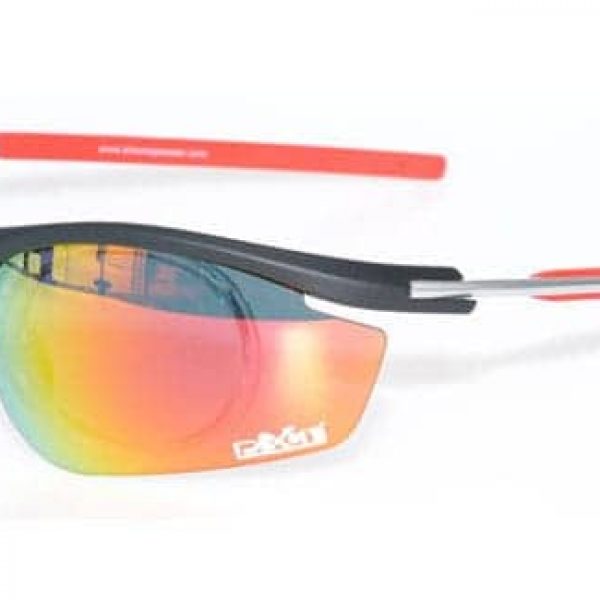
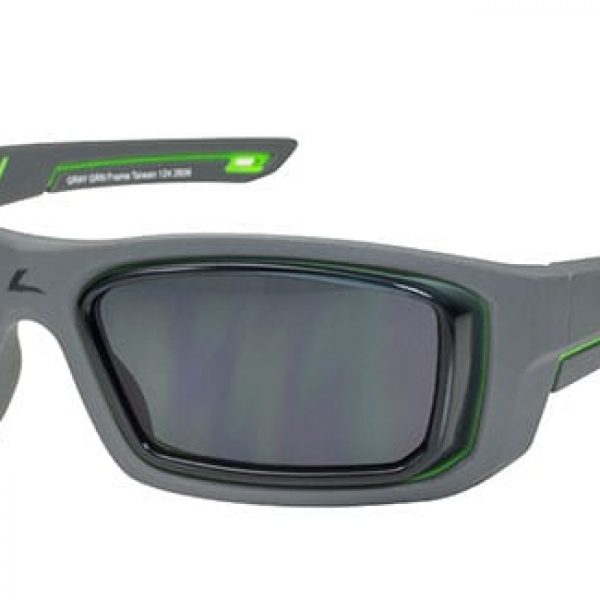
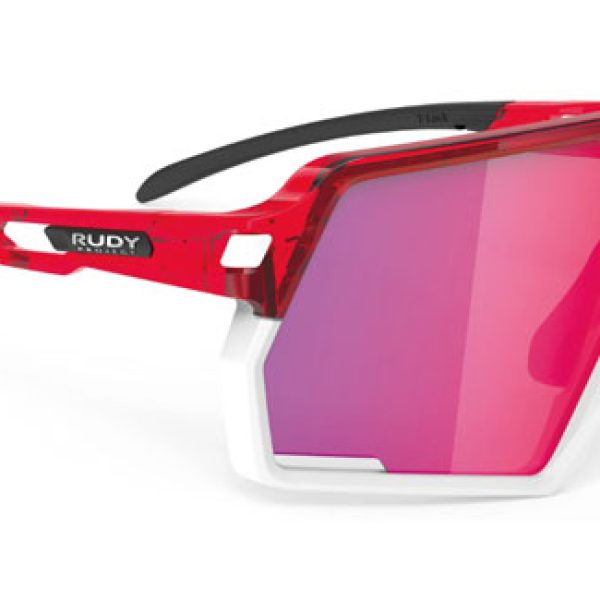
Harry T –
Lovely quality and have had my prescription vari-focal lenses fitted.